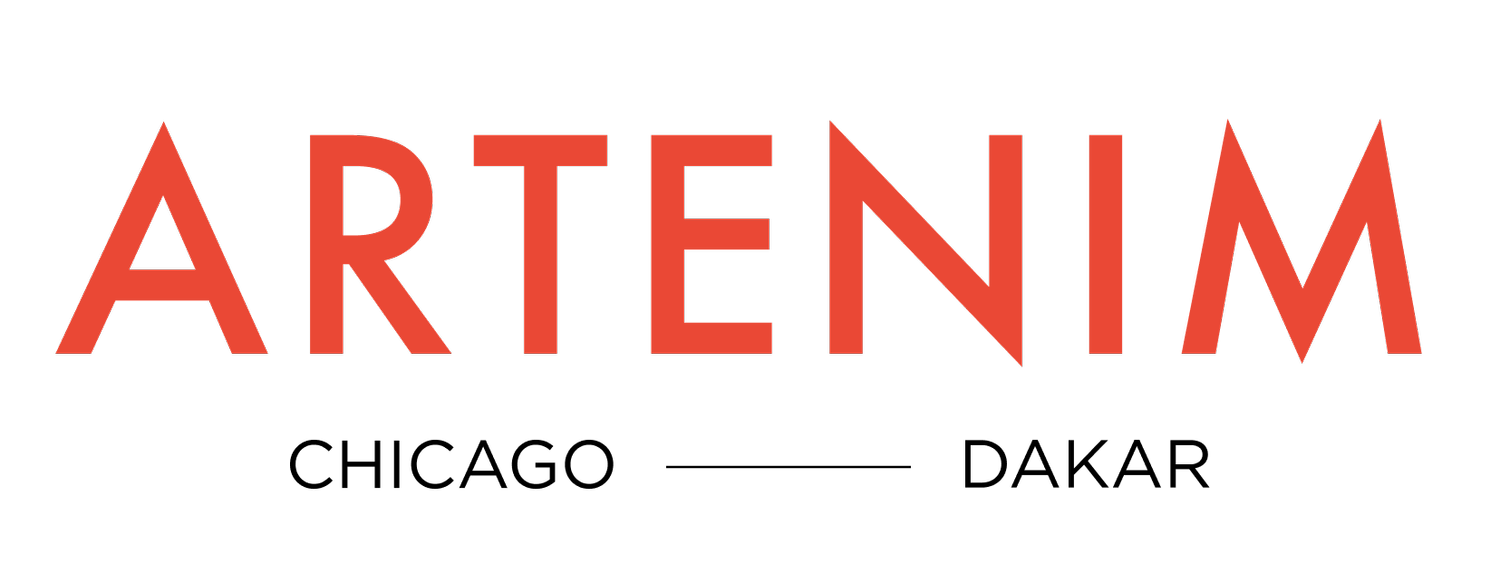Connecting the Dots - Issue 2
06/30/2025What the First Half of 2025 Tells Us About the Art Market
As we move into the second half of 2025, several key trends have emerged in the art market, reflecting broader economic sentiments and evolving collector behaviors. Below, we unpack what’s moving beneath the surface—and why it matters.
1. Market Activity Is High, But Value Is Down
The global art market recorded an estimated $57.5 billion in sales in 2024—down from $65.2 billion the previous year, a decline of 12%. Yet, the number of transactions rose by 3%, surpassing 40 million for the first time since 2019. The market remains active—but cautious.
This behavior is shaped in part by generational shifts. According to the latest UBS Global Wealth Report, an estimated $83 trillion is expected to change hands through inheritance in the next 20–25 years. Younger collectors are entering the market with different motivations—prioritizing value alignment and impact over prestige.
2. African Contemporary Art Faces a Market Reset
Auction sales of African contemporary art dropped 36% between 2023 and 2024—a sharp contraction following a multi-year growth surge. While concerning at first glance, this downturn may signal a necessary recalibration:
Museums and institutions are increasing acquisitions of African modernists
The cooling of speculative buying may allow for more thoughtful curation and valuation
This mirrors a broader global shift away from hype-driven ultra-contemporary markets. The focus is moving from trend to substance—a necessary shift for long-term value.
3. The Gallery Model Is Under Pressure
The infrastructure supporting much of the art ecosystem—mid-sized galleries—is under strain.
Artist migration is intensifying: many are moving to mega-galleries with global reach
Galleries with annual sales between $1 million and $10 million are being squeezed by rising costs and shrinking margins
Rising interest rates have reduced available capital
Participation in art fairs—a key source of visibility and revenue—has become more costly
New support models, such as shared resources, co-representation, and tiered collaborations, are being explored. But financial pressure remains high.
4. Tariffs and Trade Policy Raise Red Flags
Market caution is also shaped by geopolitical and policy concerns:
The U.S. remains the top art market, but its position is closely tied to open trade
France, the UK, and Germany account for over 50% of U.S. art imports, putting them at risk if tariffs rise
Any tightening of trade policies could disrupt supply chains and undermine the U.S.’s role as a global art hub.
“This reinforces the need for adaptive and resilient market strategies, at both institutional and commercial levels”
Why This Matters
The art market today reflects a broader climate of caution, recalibration, and structural change. Activity remains high—but the motivations, mechanisms, and participants are shifting.
Understanding these movements offers insight into how value is being redefined across cultural and commercial lines. As we continue to monitor these developments, Connecting the Dots will aim to illuminate the patterns behind the trends.

